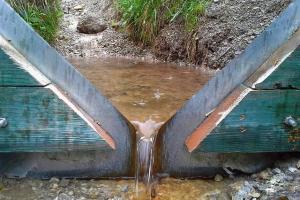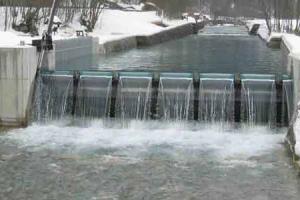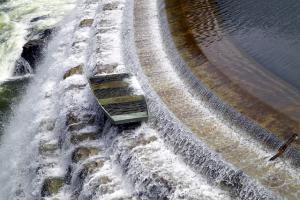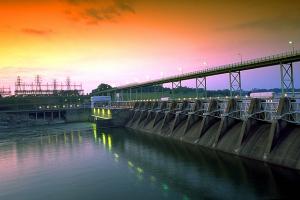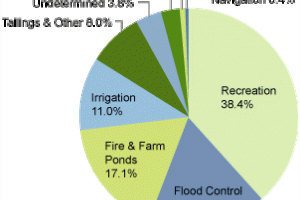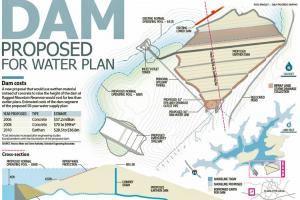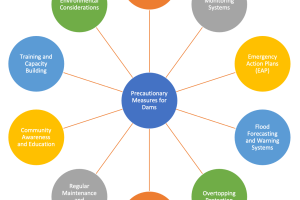Role of Civil Engineers in Hydropower Projects
Hydropower planning covers a wide range of topics. Professionals from many disciplines take part in the planning and implementation of hydropower projects. Civil engineers, mechanical engineers, electrical engineers, geologists, economists, ecologists, sociologists and many other experts combine their skills in order to develop an optimum design considering technical, financial, environmental and social aspects of hydropower development.
Hydropower project development consists of three main parts:
- Preconstruction
- Implementation
- Operation and Maintenance
Preconstruction Phase of Dams
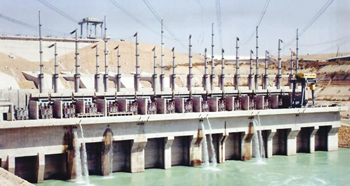 The most important part of the project development takes place in the preconstruction phase since the majority of the investigation, planning and design studies are completed in this phase. There may be several alternative projects to be investigated and each alternative has different properties to be considered. These alternatives are investigated in several consecutive stages with increasing order of detail, importance and reliability. The stages of preconstruction phase are:
The most important part of the project development takes place in the preconstruction phase since the majority of the investigation, planning and design studies are completed in this phase. There may be several alternative projects to be investigated and each alternative has different properties to be considered. These alternatives are investigated in several consecutive stages with increasing order of detail, importance and reliability. The stages of preconstruction phase are:
- Reconnaissance studies
- Prefeasibility studies
- Feasibility studies
In each of these stages, the alternatives are investigated to the depth necessary for reaching a conclusion on their suitability for the stated purpose. The alternatives failing to meet the requirements of that stage are eliminated, and the remaining ones pass to a new stage where more detailed investigations and evaluations are carried out. This elimination procedure saves money and time since the redundant and less attractive options are eliminated at the early stages.
Reconnaissance Studies
These studies are the first step to project planning and the main concern is the identification and investigation of the alternatives. At this early stage of planning, the successful identification and evaluation of the alternatives rely on experienced hydro power planners. The investigations are generally headed by engineers with an extensive experience of planning and construction of hydro-power projects. Contractor experience is also needed for costing and scheduling estimations. Contribution of these experienced engineers helps to formulate well balanced project with more practical engineering solutions.
For reconnaissance studies, as a first step, all relevant data and information are collected about the power market, hydrology, geology, topography, environment and socio-economy, etc. Using the available data, planners try to establish the main parameters for the project, such as flow, head and environmental constraints. These parameters are not definite but subject to continuous revisions and adjustments throughout the planning process. With the established tentative parameters, initial planning of the project starts. Several layouts are prepared and with field trips, the suitability of these layouts to the project area is evaluated and unsuitable options are discarded. Preliminary cost estimates are also prepared using the tentative parameters; and the assessment of the economic viability of the projects is carried out. Alternatives are compared according to the generation capabilities (cost per kWh annual generation).
At the end of the reconnaissance studies, a report is prepared to reflect the planners?opinions about the suitability of the project together with the findings of the study.
Pre feasibility Studies
In this stage, the identified projects are brought one step further in the planning process. More detailed investigations are carried out in order to produce more reliable results.
Geological investigations are extended to include drilling, sampling and testing in areas where foundation uncertainties exist since these uncertainties can have a major effect on costs. Moreover, availability of construction materials and suitable borrow pit locations are investigated, preliminary selection of the main project characteristics such as installed capacity and project type (whether run-of river or storage) are realized, possible environmental and social impacts of the alternatives are identified.
With the pre-feasibility investigations done and more detailed data obtained, the alternative projects are studied and tested in order to improve project plans. Benefits and costs are estimated based on major quantities and comparison of alternatives is realized. At the end of pre-feasibility studies, a comprehensive report is prepared. Based on this report owners of the project decide whether or not to continue investigations. It also enables the owners to provide a basis for appropriation of funds if they decide to continue investigations.
Feasibility Studies for Dam
Feasibility studies covers the revision of old drawings and preparation of new drawings for detail design.



